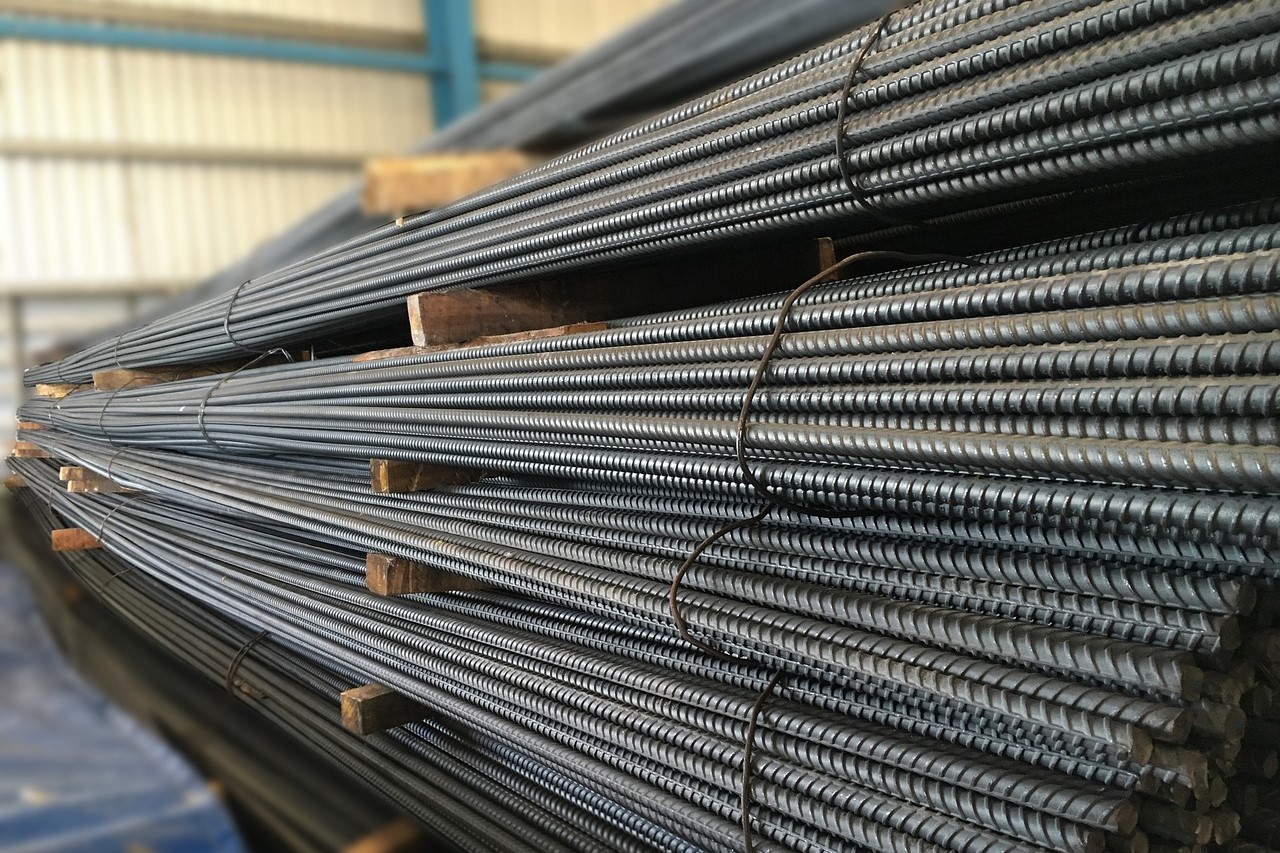
Rising Raw Material Imports and Falling Local Production: What’s Driving the Price Surge?
In 2024, the steel industry across the globe is facing significant challenges, with a surge in steel raw material imports driving up prices while local production steeps-down. This trend is impacting economies worldwide, particularly in countries like Pakistan, where reliance on imported scrap was already significant yet, it skyrocketed now. Delving into the causes behind this trend, its impact on the market, and what it means for the steel industry's future, this article will provide insightful information.
Increasing Dependence on Scrap Imports
The growing gap between demand and local production have surged the raw material imports in recent years. There was a significant increase of 20% when compared with the previous year. There are several factors which are contributing to this rise:
1. Decline in Local Production: Many steel mills have reduced output or shut down their production plants due to rising energy costs and outdated technology. In Pakistan, local steel production has declined by 15% this year, forcing industries to switch towards imported raw material.
2. Competitive Pricing: Imported steel, particularly from countries like China and Russia, often offers better quality at lower prices. This price advantage makes imports an attractive option despite added costs such as tariffs and logistics.
3. Quality: Favorable raw material quality has further encouraged imports. Imported raw material often has less impurities as compared to local one which can deliberately enhance the quality of end product.
Impact on Steel Prices
The data revealed by the State Bank of Pakistan (SBP) states that there was a significant increase in import of scrap during FY24 as compared to the previous fiscal year. The imports of steel raw material surged by 46.5%, landing up at $1.556 billion in the 11 months where as the entirety of FY23 was $1.062 billion. Similarly, imports of finished iron and steel products benchmarked to $2.062 billion in FY24 as compared to $1.686 billion in FY23, making a surge of 22%. Several factors contribute to this rise:
1. Supply Chain Disruptions: One major reason for costly imports is Geopolitical tensions that have disrupted supply chains. Higher transportation costs and delays in delivery have further pushed up prices.
2. Fluctuations in Currency: Volatility of Exchange rates has played a significant role in skyrocketing prices. In Pakistan, the depreciation of the local currency has contributed to the greater cost of steel imports.
3. Increased Demand: There is a sharp rise in demand for steel, particularly in manufacturing and construction. This demand has put additional pressure on prices as suppliers struggle to keep up.
Economic Implications
The decline in local production and rise in steel imports have substantial economic implications. Higher steel prices are driving up costs for industries that are dependent on steel or iron raw material, such as construction and manufacturing industry of Pakistan. This increase impacts on the consumers, resulting in greater inflation rate.
At the same time, the decline in local production has led to job losses and reduced economic activity in regions where steel mills are major employers. In Pakistan, where the steel industry is a key part of the economy, these losses have had a ripple effect, impacting related industries and communities.
Conclusion
The surge in steel imports and the decline in local production present significant challenges for Pakistan Steel industry in 2024. By addressing the underlying issues and investing in modernization and sustainability, the industry can stabilize prices and ensure long-term growth. Balancing global trade dynamics with local production strengths will be key to the industry's future success.
